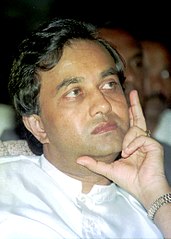Paul Trendelenburg's Human Design Chart
Design
Design
Personality
Chart Properties
Your Cross represents the specific theme of your life. This cross embodies your unique potential & the lessons you're here to learn, providing a roadmap to fulfilling your life purpose.
We use the UTC birth time and date to do the calculations required to generate your Human Design chart.
Buy Tokens
Pay as you use, no expiry and no subscription required.Paul Trendelenburg's Biography
German pharmacologist known for his research of adrenalin, for the development of biological measurement procedures for the standardization of hormone preparations and for his investigations regarding the role of the hypothalamic hormones vasopressin and oxytocin. His name is associated with the so-called “Trendelenburg preparation”, a preparation used in determining the actions of pharmacological agents on peristalsis.
He studied medicine at the universities of Grenoble, Leipzig and Freiburg, where from 1909 to 1918, he worked as an assistant in the pharmacological institute and at the surgical clinic. In 1912 he received his habilitation in pharmacology and toxicology, and from 1916 was an associate professor. In 1919 he became a full professor at the University of Rostock and later on, he served as a professor of pharmacology at the universities of Freiburg (from 1923) and Berlin (from 1927).
He was the son of surgeon Friedrich Trendelenburg and the brother of physiologist Wilhelm Trendelenburg. His son, Ullrich Georg Trendelenburg, was also a pharmacologist.
He died on 4 November 1931 in Berlin, aged 47.
Link to Wikipedia biography
Your Cross represents the specific theme of your life. This cross embodies your unique potential & the lessons you're here to learn, providing a roadmap to fulfilling your life purpose.
We use the UTC birth time and date to do the calculations required to generate your Human Design chart.







